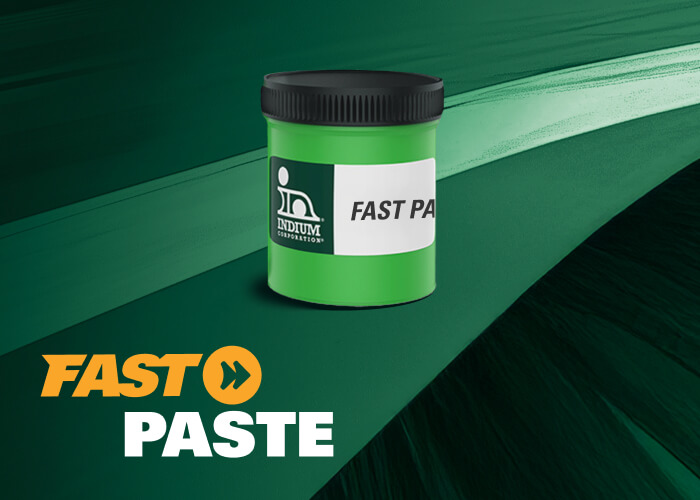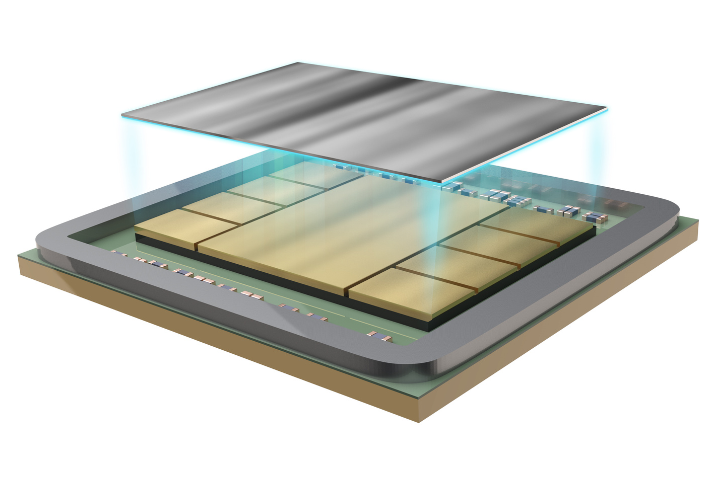Folks,
It was five years ago today that RoHS was launched, amid concerns that the world of electronics would collapse due to the many challenges of lead-free (Pb-free) soldering.Well, we have five years of field data with no “the sky is falling” lead-free reliability events. But, has it been just five years?
No. As I mentioned in a recent post, Motorola implemented lead-free soldering around 2001 to take advantage of lead-free solder’s poorer spreading. Hmmmm, so it has been ten years! Not too bad!
Well it is actually better than that.SnAg3.5 solder has been used for decades in both:
1. Step soldering: with a eutectic temperature of 221C, SnAg3.5 can be used as the step previous to soldering with Sn63 or similar Pb-Free solder.The principle is to solder first with the SnAg3.5 and then with a lower melting temperature solder.The second soldering step is performed at a lower temperature, therefore not disturbing the SnAg3.5 solder joint or bond.
2. Mid-Temp Pb-Free alloy: when a solder that melts somewhat above the melting point of a “standard” solder alloy is needed, and it must be Pb-free, SnAg3.5 is often the choice. The automotive industry has used SnAg3.5 in these applications for decades.
While I still agree that lead-free solders need some time and experience, especially in harsh environments, to establish acceptable reliability for mission critical applications, the experience with SnAg3.5 is adding to lead-free solder’s reliability portfolio.
This information came to light with the recent announcement by a major solder materials supplier that they would no longer supply SnAg3.5.But take heart, Indium Corporation still supplies SnAg3.5.
Cheers,
Dr. Ron



